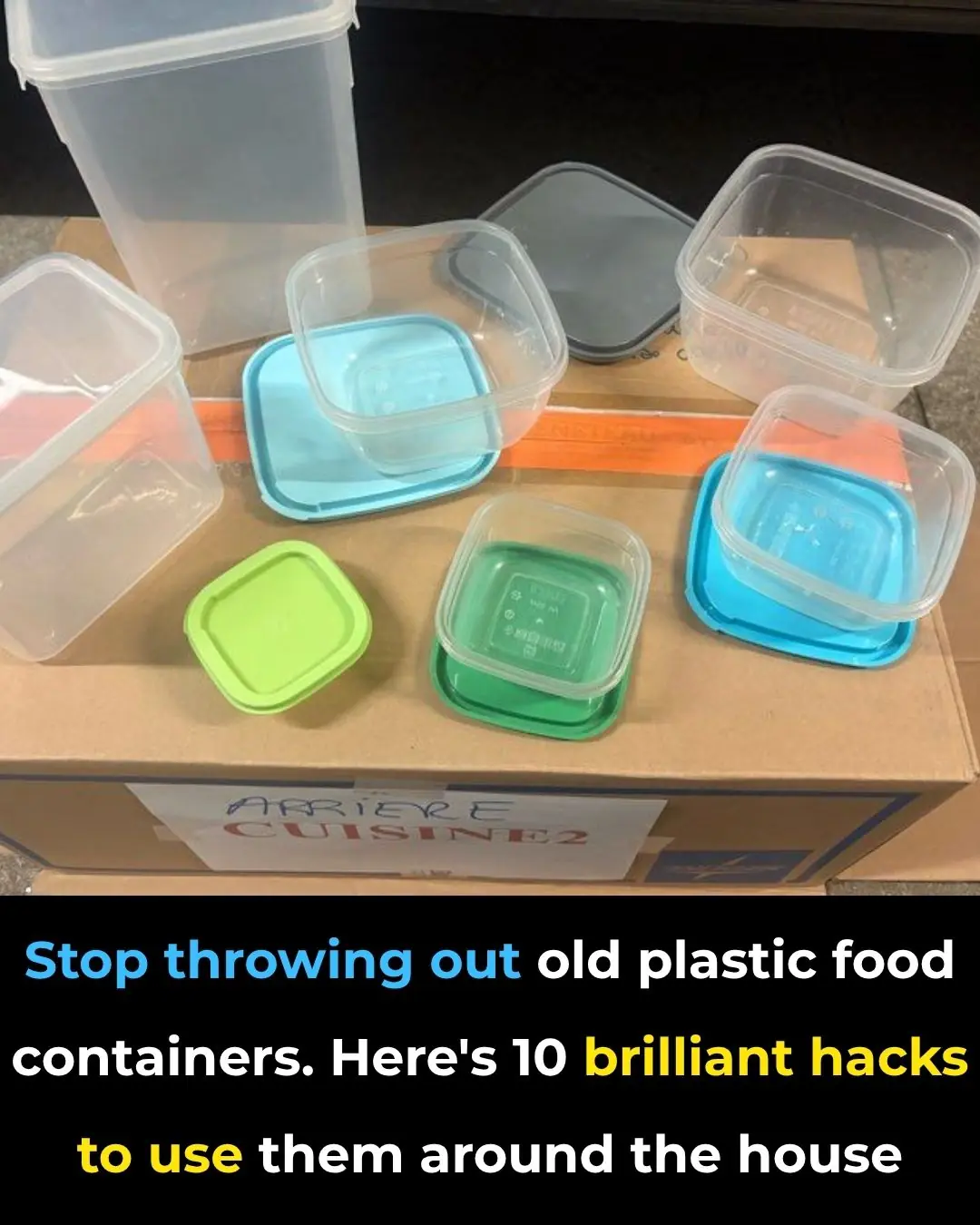
The Best Ways to Remove Pesticides and Harmful Chemicals from Fruits and Vegetables
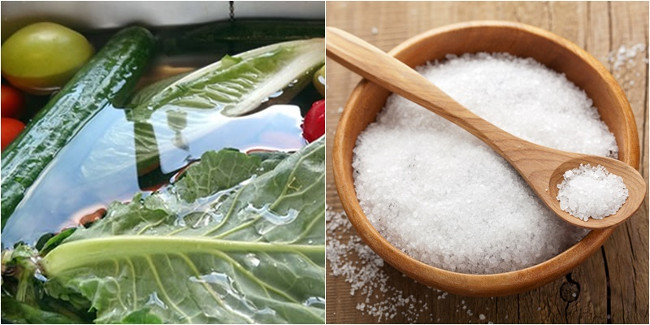
Fresh fruits and vegetables are among the healthiest and most colorful foods we can eat. They are rich in vitamins, minerals, fiber, and antioxidants that strengthen the body and support overall well-being. However, to truly benefit from these foods, we must make sure they are free from harmful chemicals—especially pesticide residues that often linger on the surface.
Even when fruits and vegetables look fresh and clean, invisible traces of pesticides or bacteria may still cling to their skins. These chemicals can accumulate in the body over time, potentially leading to long-term health problems such as hormone disruption or digestive issues. The good news is that with a few simple household tricks, you can effectively remove most of these residues before eating or cooking.
Below are five proven and easy ways to clean your fruits and vegetables and reduce exposure to pesticides at home.
1. Soak in Salt Water
One of the most reliable and traditional methods to remove pesticides is soaking fruits and vegetables in salt water. Research has shown that immersing produce in a 10% salt-water solution for about 20 minutes can remove most residues from several common pesticide types.
To make this solution, simply dissolve two tablespoons of salt in one liter of water and soak your produce. After soaking, rinse thoroughly under clean running water.
Salt water works in two ways: it helps break down certain chemical residues and creates an environment where bacteria can’t survive. The salt draws water out of the microbial cells through osmosis, dehydrating and killing many harmful microorganisms.
This method is particularly effective when buying produce from local markets or farms that may still use traditional or organic fertilizers but are not certified chemical-free. It’s simple, inexpensive, and safe to use daily.
2. Soak in a Vinegar Solution
Vinegar is another excellent natural cleaner that can help dissolve and remove pesticide residues as well as bacteria. Mix one part vinegar with four parts water, and soak your fruits and vegetables for about 15 to 20 minutes. You can also use undiluted vinegar for more stubborn contaminants, though this is not recommended for delicate produce.
Vinegar is mildly acidic, which makes it effective at breaking down residues of many pesticides and killing bacteria such as E. coli and Salmonella.
However, it’s important to note that vinegar may damage the delicate skins of some fruits, like berries, grapes, or peaches. For these, reduce soaking time or use gentler methods like baking soda or lemon. After soaking, rinse your produce under cool water to remove any remaining vinegar taste or smell.
3. Clean with a Lemon and Baking Soda Solution
If you’re looking for a natural and highly effective way to clean produce, a combination of baking soda and lemon juice is ideal.
To make your own natural cleaner:
-
Mix 2 tablespoons of baking soda with 1 tablespoon of lemon juice in a bottle of clean water.
-
Shake well and spray the mixture onto your fruits and vegetables.
-
Leave it on for a few minutes, then rinse thoroughly under cold water.
This combination works because baking soda is alkaline, helping neutralize acidic pesticide residues, while lemon juice is naturally antibacterial and antiseptic, cutting through oils and waxes that trap chemicals on the surface.
If you don’t have baking soda, you can use just lemon juice diluted with water, then soak or spray it onto the produce. Let it sit for about 10 minutes before rinsing and drying. The refreshing citrus scent is a pleasant bonus.
4. Use Rice Water or Warm Water
Another gentle and natural cleaning method is soaking your vegetables in rice water—the water left after rinsing uncooked rice. Rice water contains mild acids that help neutralize certain chemical compounds, including organophosphorus pesticides.
To use this method:
-
Rinse your rice as usual and save the first wash water.
-
Soak your vegetables in this rice water for 5–10 minutes.
-
Rinse again with clean water to remove loosened dirt and chemicals.
Alternatively, you can use warm water (not hot) to soak produce for a few minutes before rinsing. Warm water helps dissolve wax coatings and surface pesticides, making them easier to wash away.
However, don’t soak vegetables for too long — more than 15 minutes can actually allow pesticides to reabsorb into the skin or flesh. A short soak followed by a thorough rinse is most effective. You can also add a small pinch of salt to the soaking water to enhance cleaning and preserve nutrients.
5. Peel the Skin
While washing is important, peeling the skin is the most direct way to remove nearly all pesticide residues — especially from produce with thick peels like cucumbers, apples, carrots, and potatoes.
Of course, the peel often contains valuable nutrients, fiber, and antioxidants, so you may not want to peel everything. When you do, try to balance: peel produce that you suspect is heavily sprayed or that comes from uncertain sources, but leave the skin on for organic or homegrown fruits and vegetables when safe.
Additionally, try to buy seasonal and locally grown produce whenever possible. Fruits and vegetables grown in their natural season generally require fewer pesticides and travel shorter distances, meaning they retain more nutrients and freshness.
Extra Tips for Safer Produce
-
Wash immediately before eating, not when you bring produce home. Washing too early can promote spoilage, especially for leafy greens and berries.
-
Dry with a clean towel or paper napkin after rinsing to remove leftover droplets and bacteria.
-
Choose organic whenever your budget allows. While not 100% pesticide-free, organic produce contains far lower chemical residues.
-
Use clean hands and utensils. Washing your hands before and after handling fruits and vegetables prevents cross-contamination.
The Bottom Line
Fruits and vegetables are the foundation of a healthy diet, providing essential nutrients that help prevent disease and support energy and immunity. But eating them safely means more than just rinsing quickly under the tap. By soaking in salt or vinegar, using natural cleaners like baking soda and lemon, or simply peeling the skin, you can significantly reduce your exposure to harmful chemicals.
Incorporating these simple cleaning habits into your daily routine doesn’t just protect your health — it also helps you feel confident that every bite of your meal is as safe, natural, and nourishing as possible.
News in the same category


6 things that mice are very afraid of

Why You Shouldn’t Rush to Fold the Bed When Checking Out of a Hotel
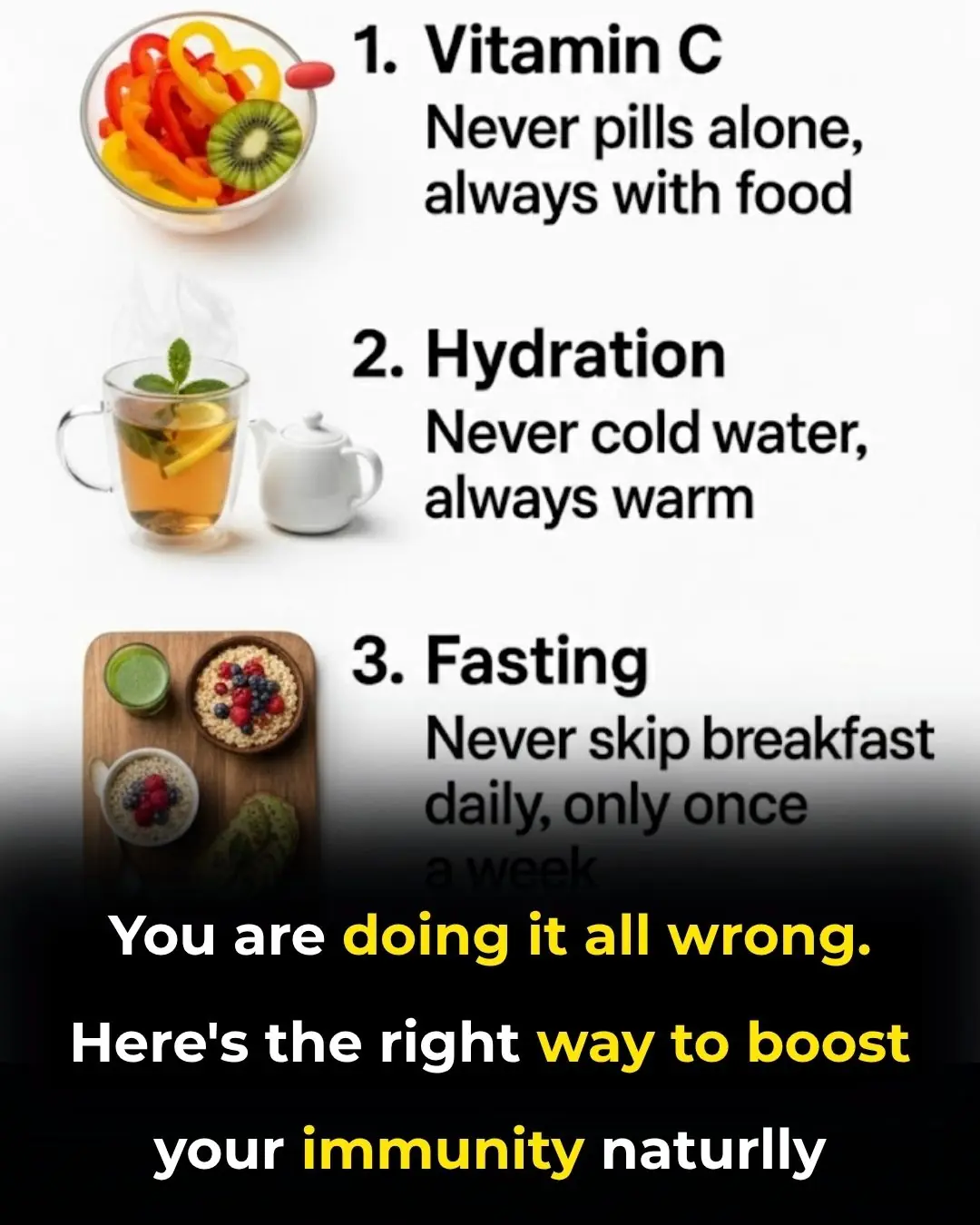
You are doing it all wrong. Here's the right way to boost your immunity naturally

My ear feels clogged all the time, but nothing comes out. No wax of fluid. Doctor appt is far away. What could this be?

Wow, I never knew this!

How to Travel Long Distances Without Getting Motion Sickness
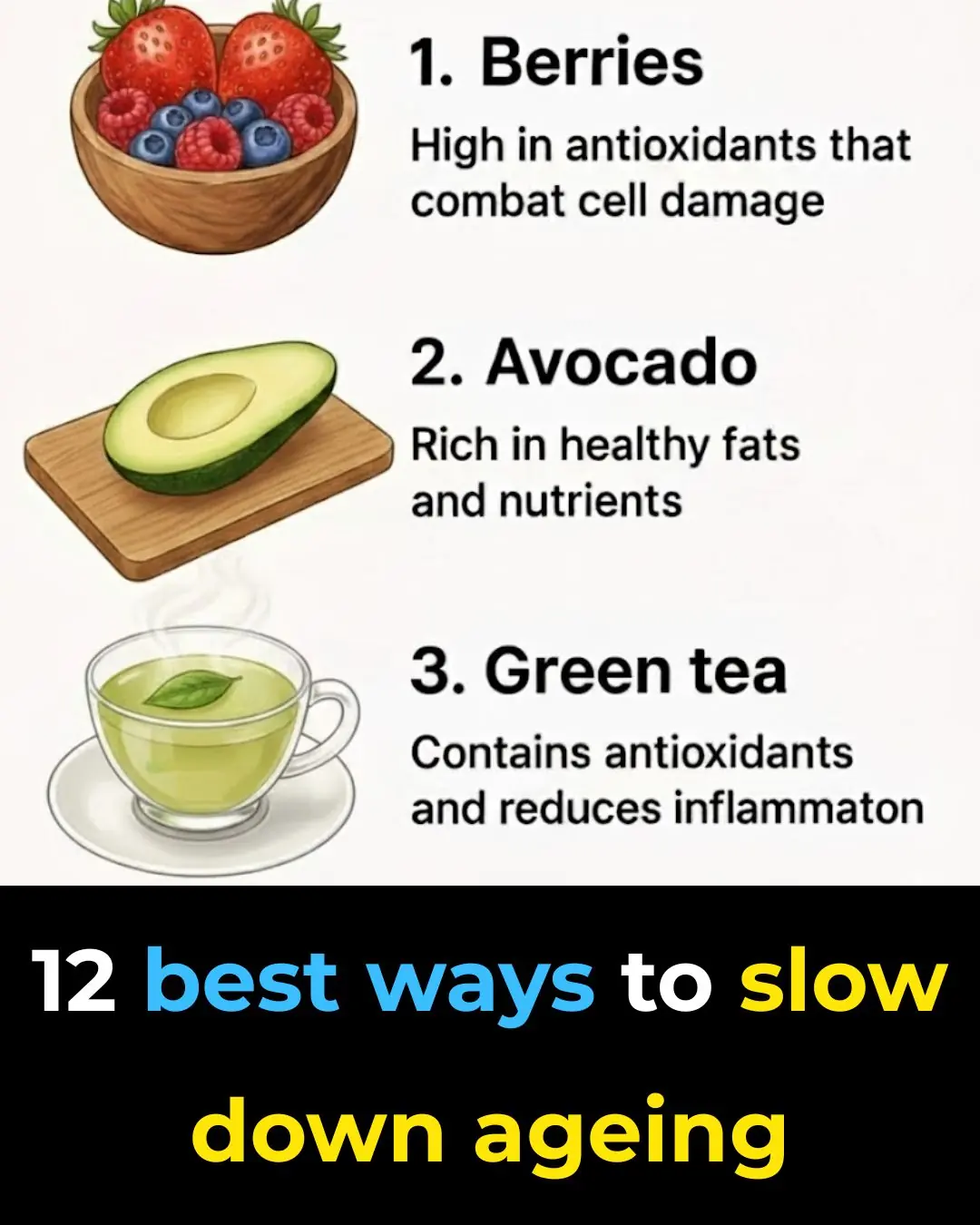
12 best ways to slow down ageing
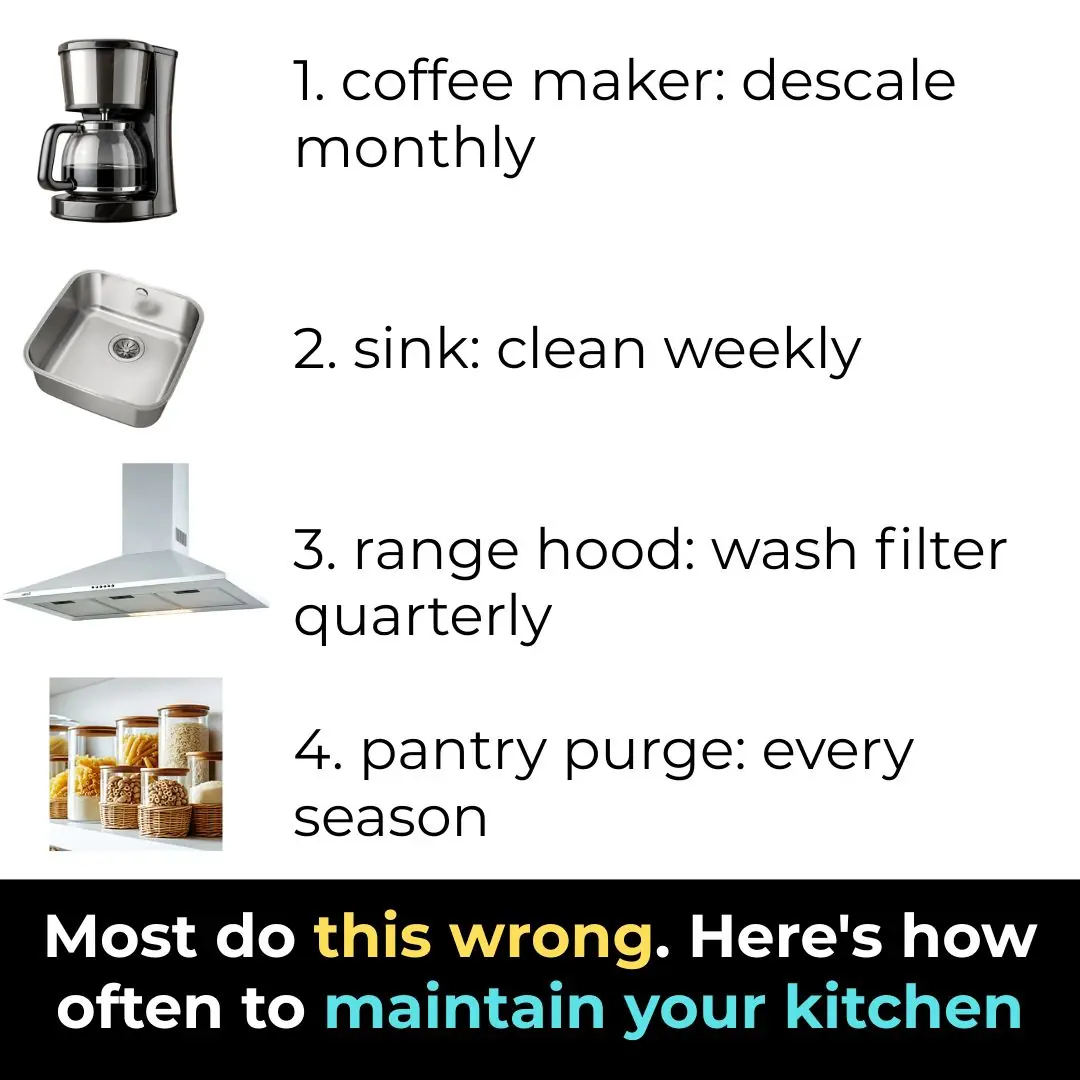
Most do this wrong. Here’s how often to maintain your kitchen

Most do this wrong. 10 dairy items you’re storing incorrectly
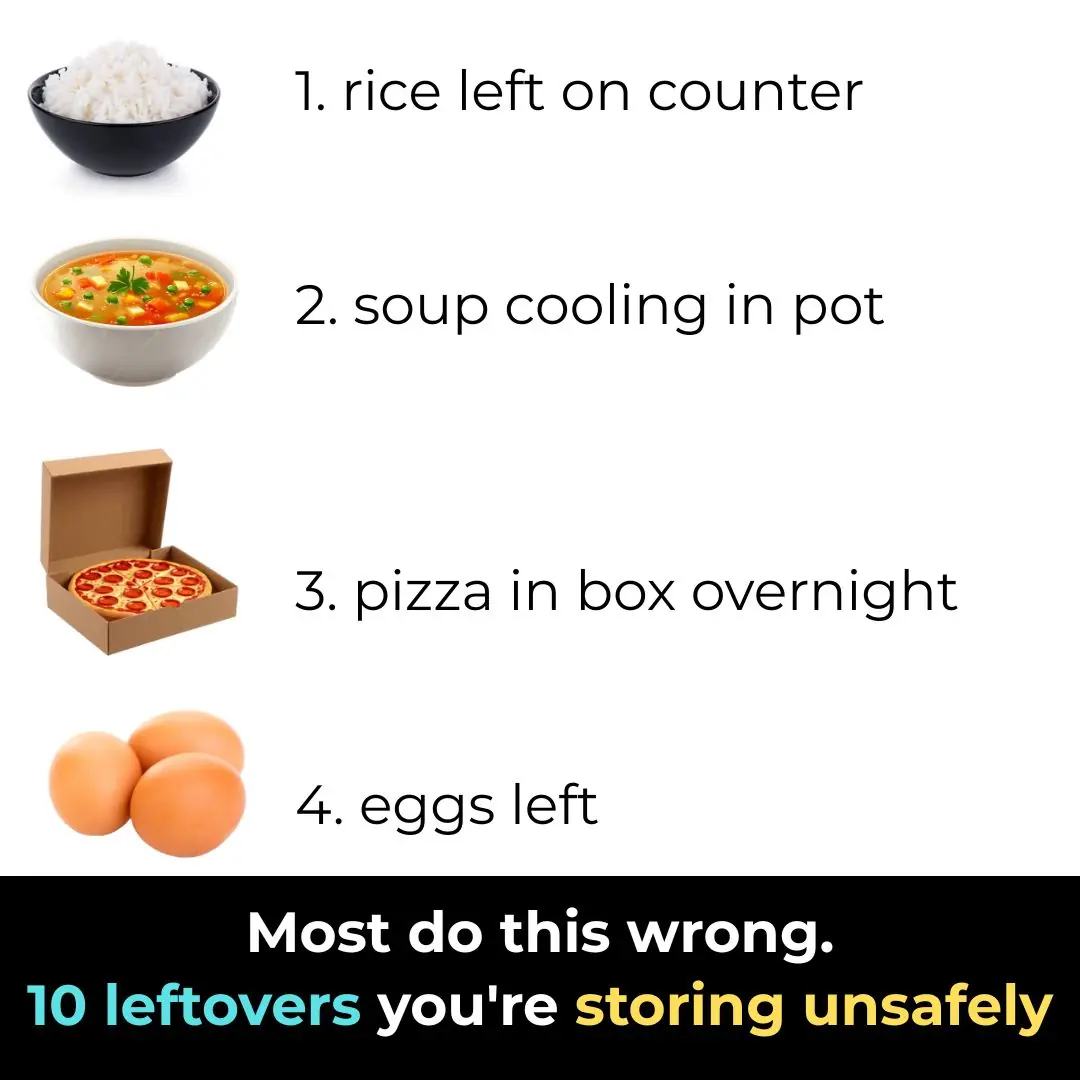
Most do this wrong. 10 leftovers you’re storing unsafely
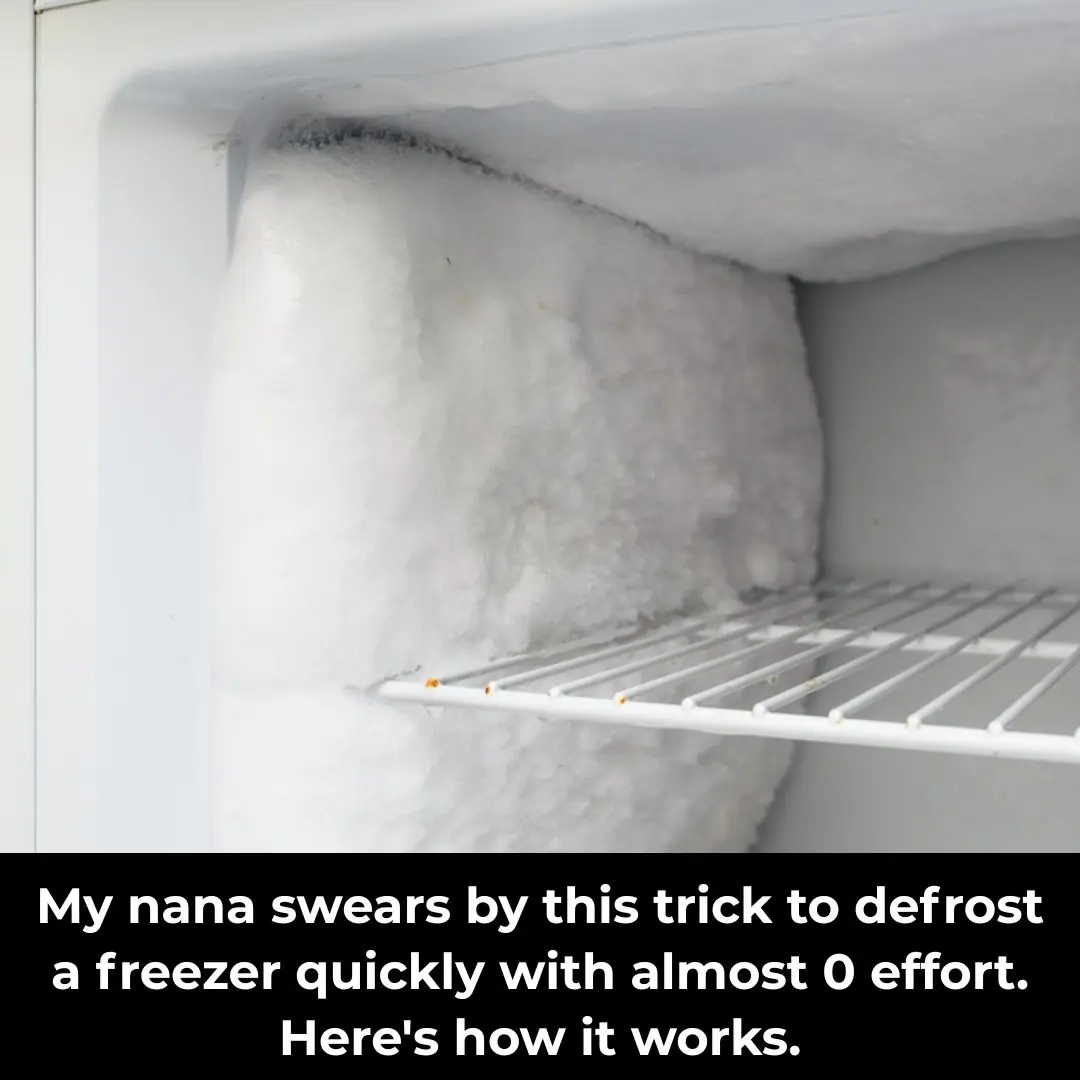
Good to know!

8 reasons why adding vinegar to your toilet tank is a must-do trick
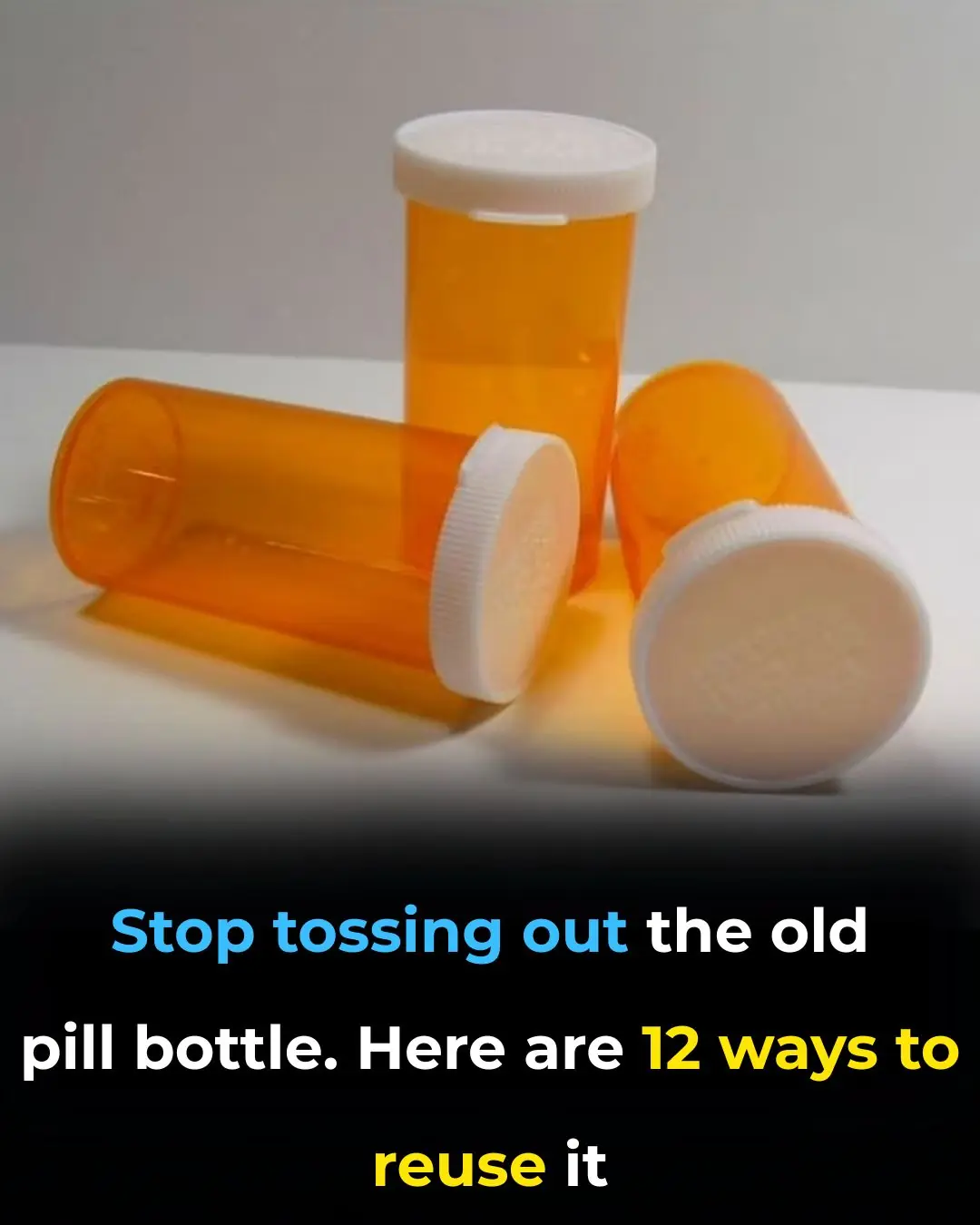
Stop tossing out the old pill bottle. Here are 12 ways to reuse it

Most do this wrong. 10 bedding items you’re storing wrong
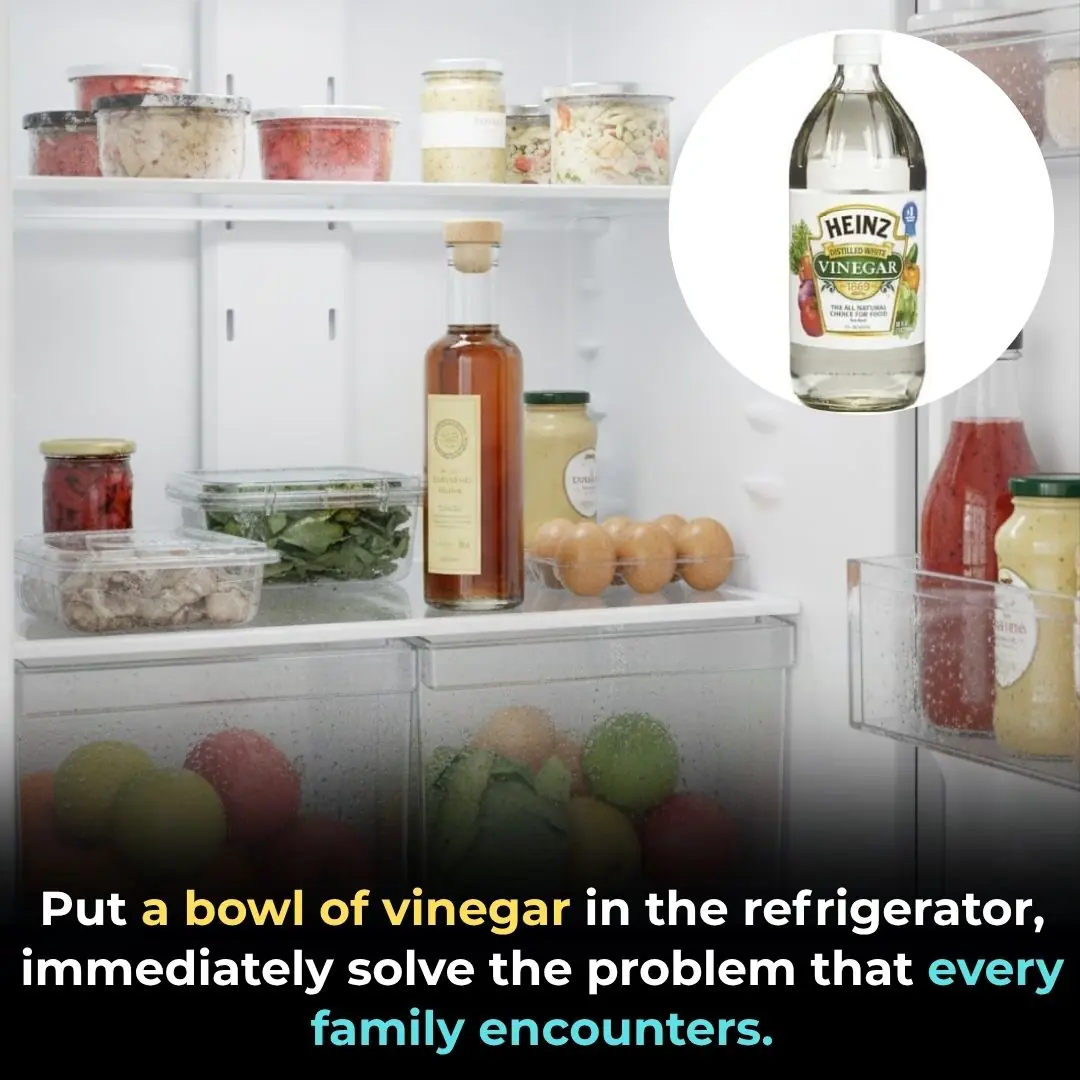
Put a bowl of vinegar in the refrigerator, immediately solve the problem that every family encounters.

4 Simple Steps to Clean the Washing Machine Without Removing the Drum, You Can Do It Yourself Without Calling a Technician

Tips for pickling golden melons that are crispy, sour quickly, and don't smell bad
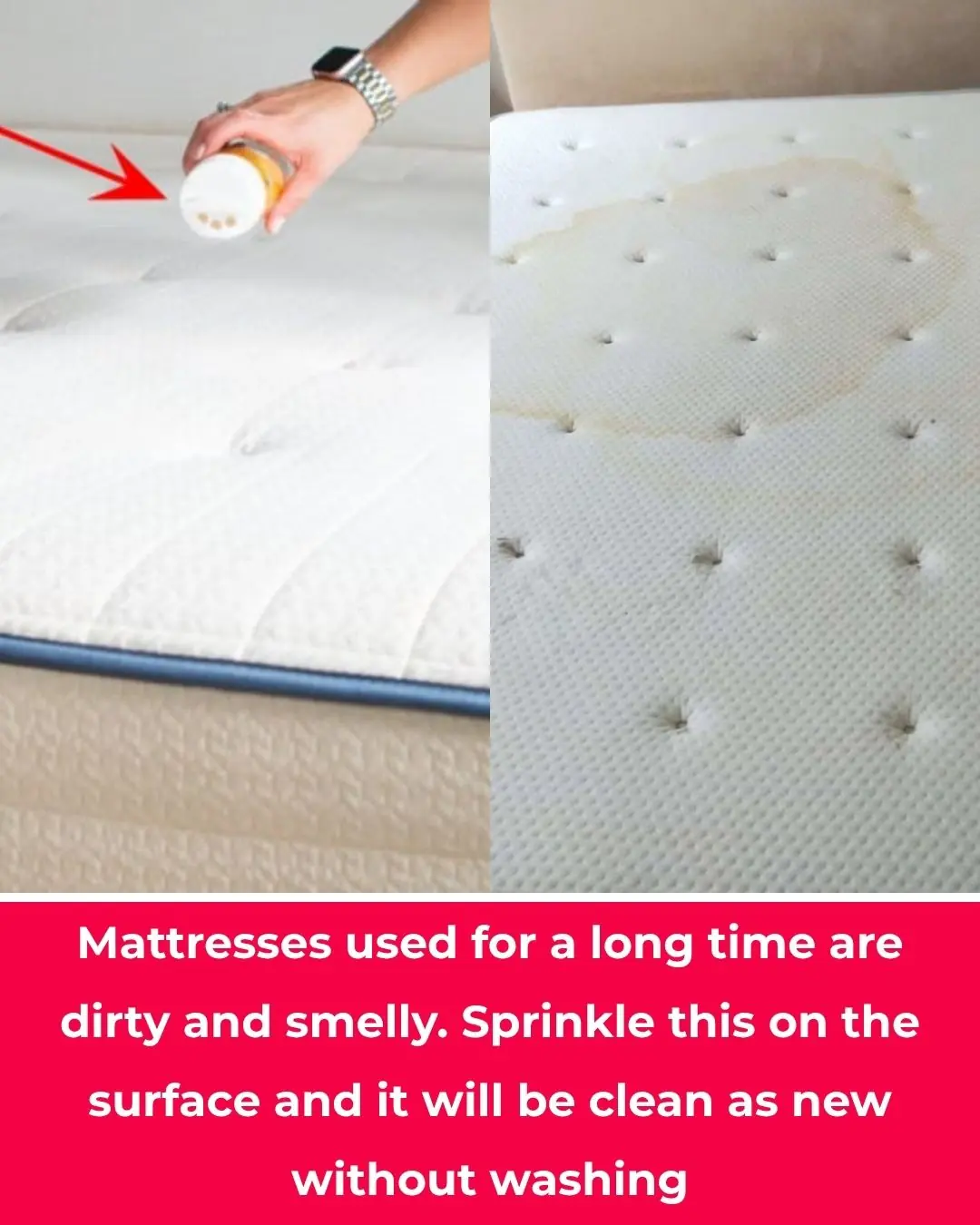
Mattresses used for a long time are dirty and smelly. Sprinkle this on the surface and it will be clean as new without washing
News Post

The White House Communications Office is saying our story is not true. We stand by our story. Our story is accurate.

D4vd's Friends Thought He Was Celeste Rivas' Boyfriend, Thought She Was 19

Netflix's Being Eddie release date and what to expect from the Eddie Murphy special

Man Builds “Museum Of Love” To Honor Late Wife’s Memory

MAFS UK's Julia-Ruth issues statement after 'three husbands' bombshell

Strictly star Harry Aikines-Aryeetey addresses ‘heartbreaking’ elimination: ‘It’s nice to go out on a party’

Seven Types of Pain You should Never Ignore
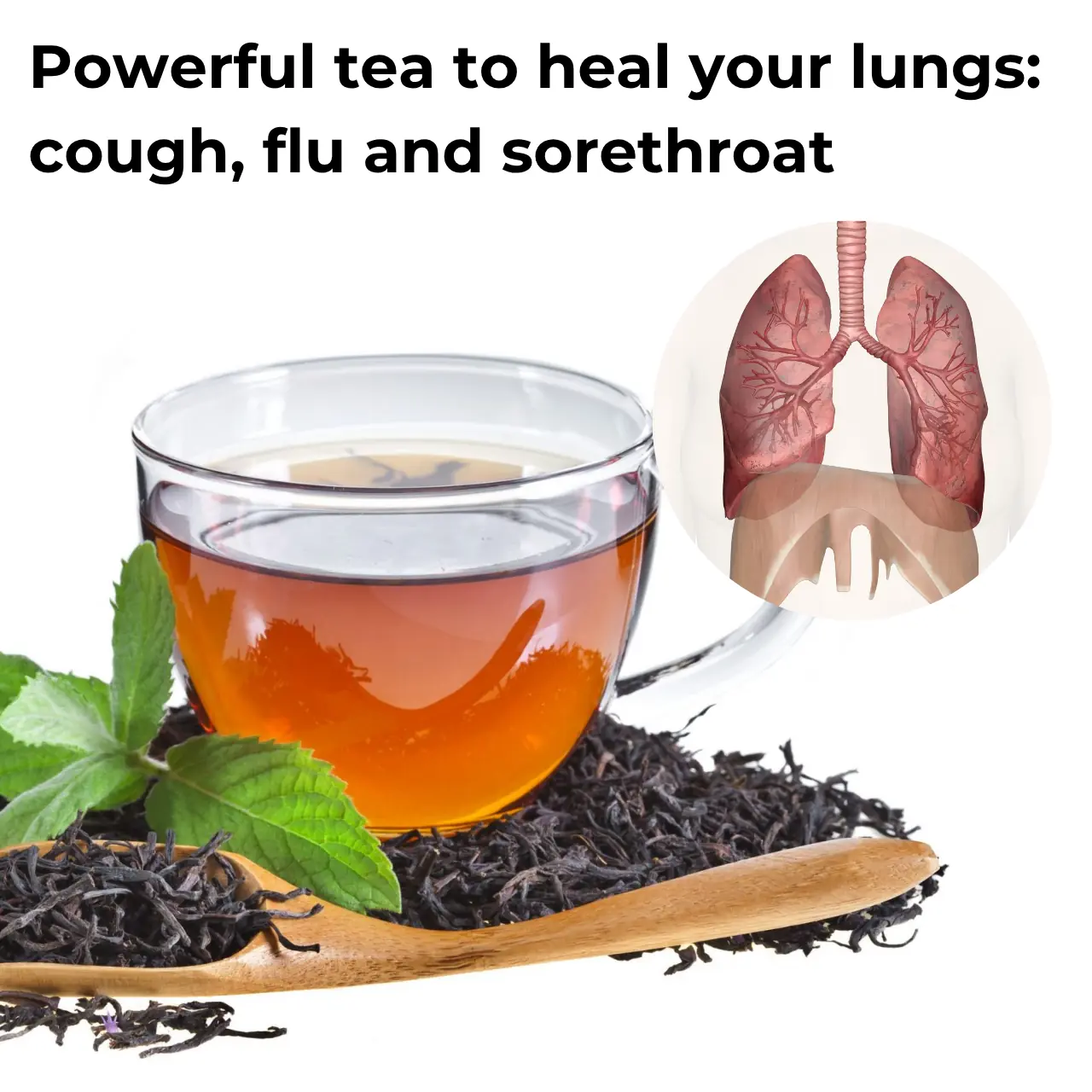
Proven Health Benefits and Uses of Thyme and Thyme Tea

Stop throwing out old plastic food containers

6 things that mice are very afraid of

9 cancer warning signs your body is sending you (don’t ignore these!)
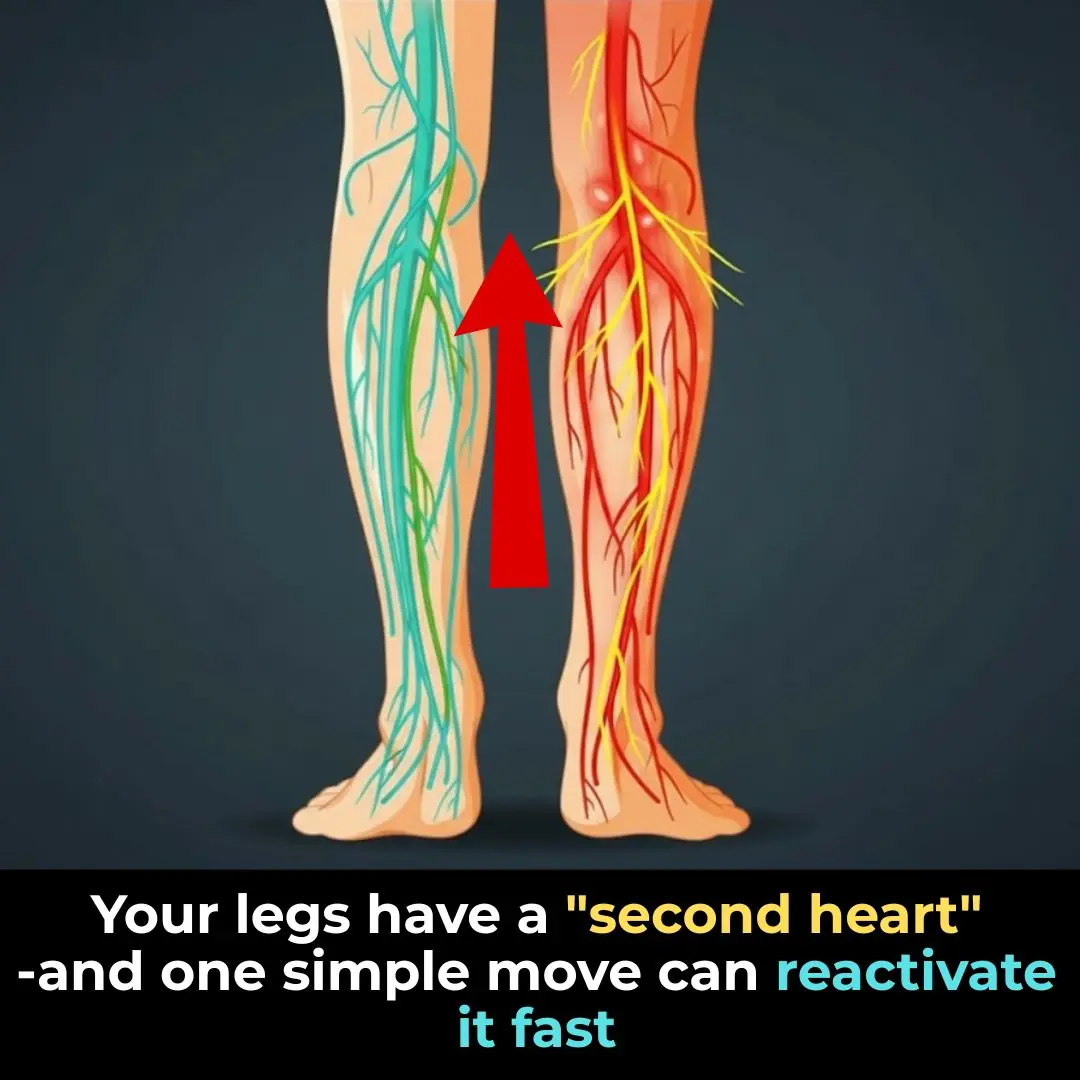
Your legs have a “second heart” — and one simple move can reactivate it fast
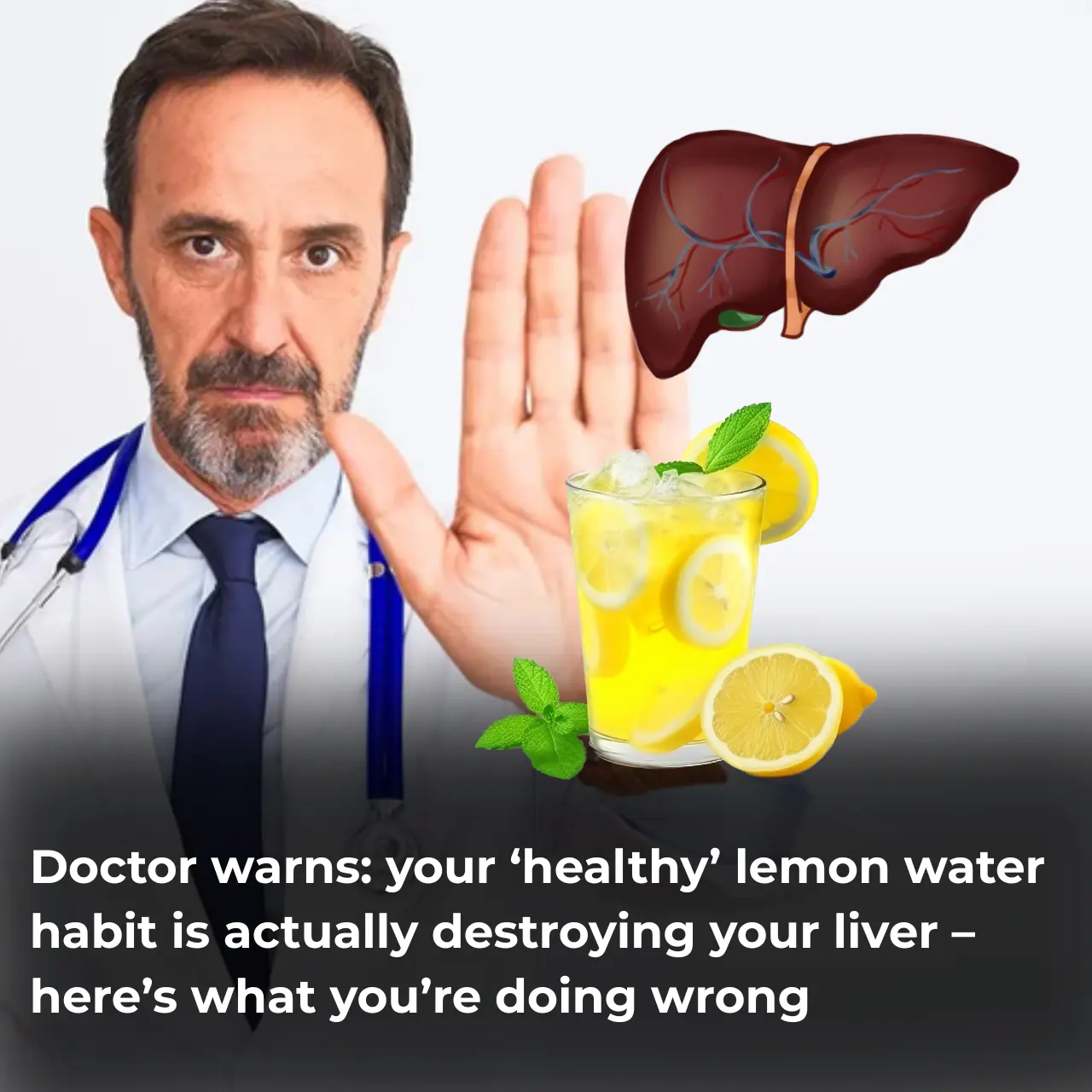
Doctor warns: your ‘healthy’ lemon water habit is actually destroying your liver – here’s what you’re doing wrong

Why You Shouldn’t Rush to Fold the Bed When Checking Out of a Hotel

You are doing it all wrong. Here's the right way to boost your immunity naturally

My ear feels clogged all the time, but nothing comes out. No wax of fluid. Doctor appt is far away. What could this be?

Wow, I never knew this!
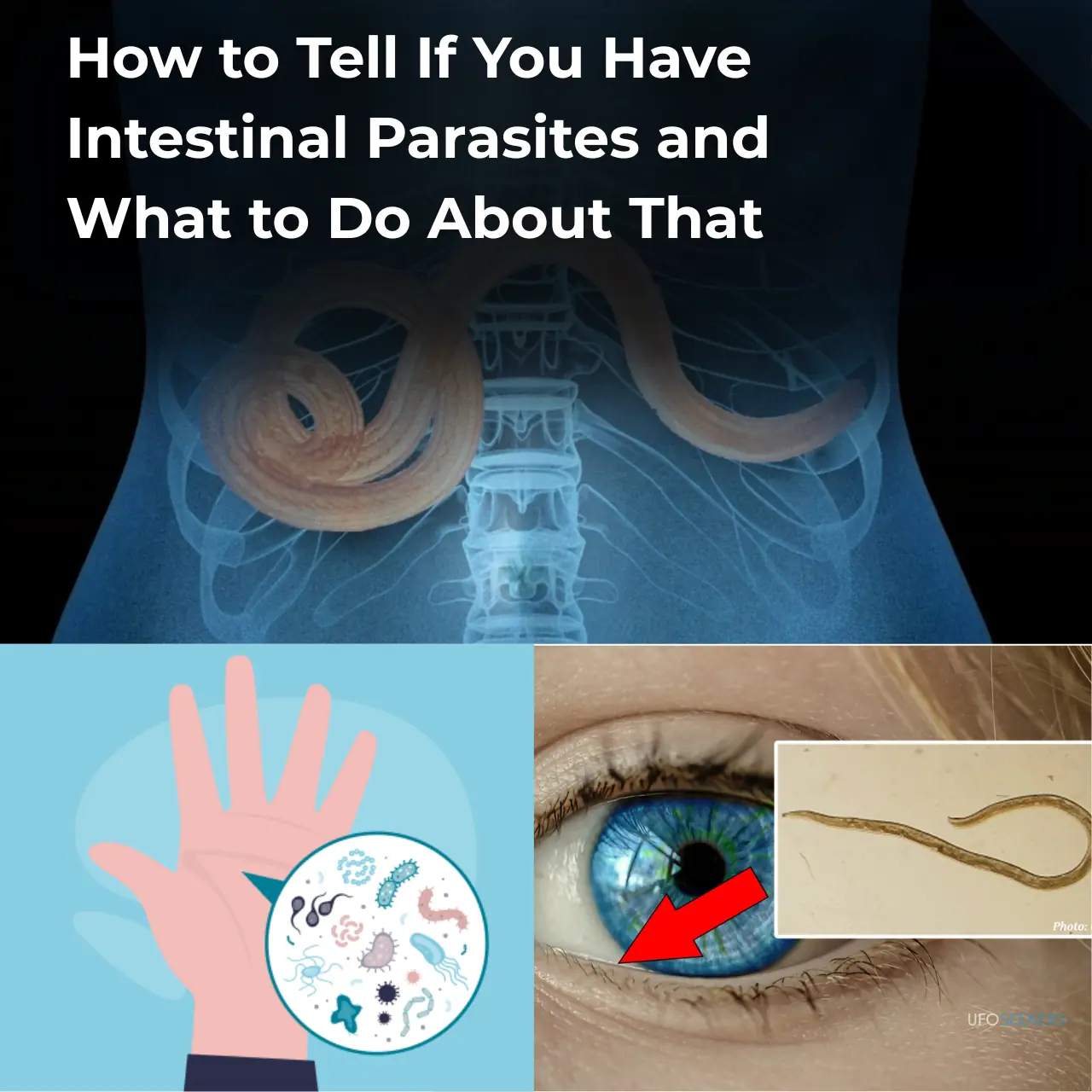
How to Tell If You Have Intestinal Parasites and What to Do About That

Morehouse Students Appear in ‘Vogue’ To Reflect On Legacy of Style in Honor of MLK Day
